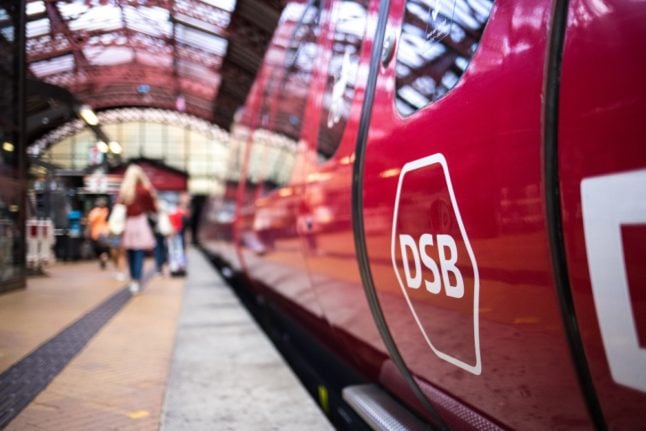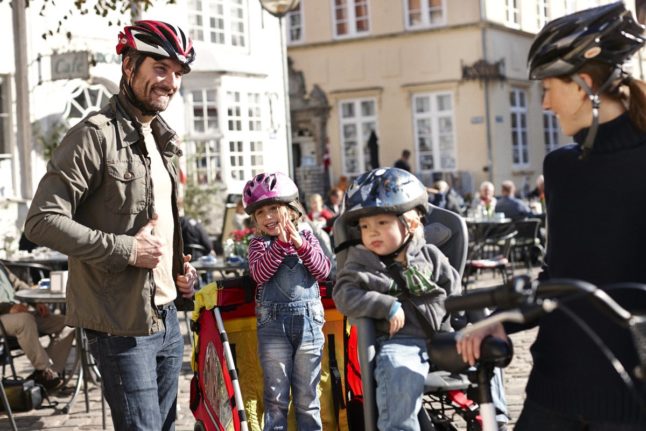DSB on Monday launched a new function on its app that can be used on all forms of public transportation in Jutland, Funen and Zealand.
The app now allows you to pay for your journey and to check in on buses, local trains or metros.
Most transport users in Denmark still use a physical Rejsekort for this purpose. While the Rejsekort is also being replaced by an app, the Rejsekort app is still in the process of being fully rolled out.
READ ALSO: How to get and use Denmark’s new Rejsekort app
To use the DSB app, you can use the “check in” function in the app and then “check out” when your journey is complete. Your fare will then be paid using the payment card you link to the app.
If you forget to check out at the end of your trip, the DSB app does this automatically after 15 minutes, preventing you from paying an incorrect fare.
The DSB app – and the forthcoming one from Rejsekort – are likely to increase convenience for many public transport passengers who have previously been reliant on having credit on the physical card and remembering to bring it with them.
“’Check-in’ makes it easier to be a passenger on the train and we are giving are customers the ability to gather all their tickets and journeys in a single app,” DSB commercial director Jens Visholm said in a statement.
While the app function was primarily created for rail passengers, it will also work on buses, light rails and metros, DSB says in the statement.
To use the check-in function, you will need to download the DSB app (if you don’t already have it), and create a user profile.
When you open the check-in function within the app, it will locate the nearest station or bus stop, and also allows you to select the line you are travelling with.
If you change line or form of transport, you will need to make an additional check-in – similarly to the process when using the physical Rejsekort.
When you check out, the app stops tracking your location.
The fare for using the app function is the same as when using a personal Rejsekort.



 Please whitelist us to continue reading.
Please whitelist us to continue reading.
Member comments